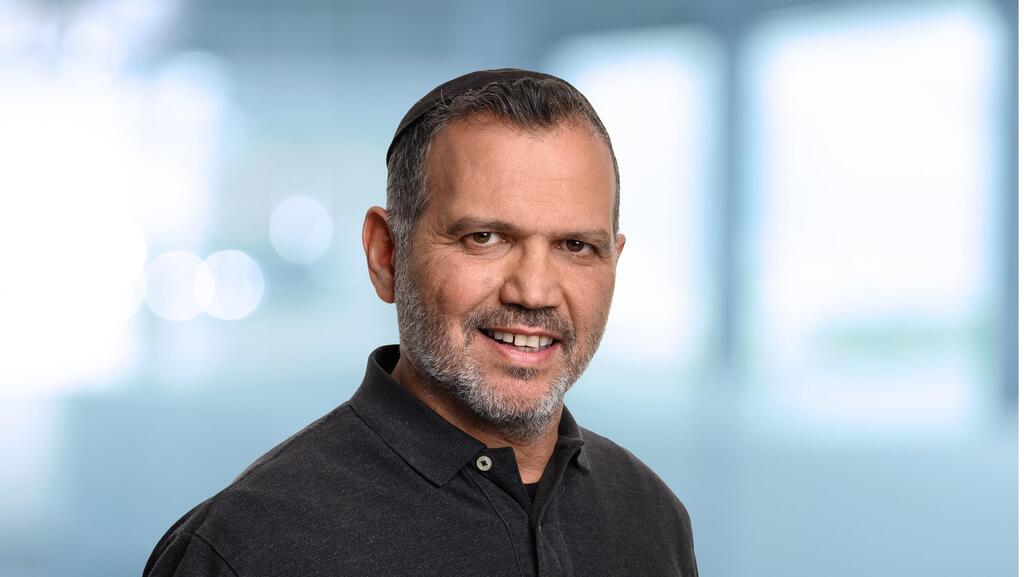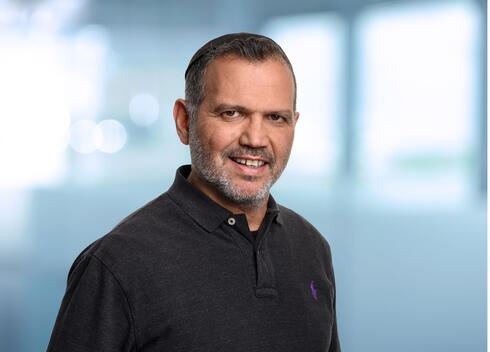
Opinion
The short way to raise capital may prove to be the long way to success
“Instead of the entrepreneurs focusing on developing their product, adapting it to the target market, and acquiring initial clients, management finds itself stuck mediating between different forces within the company itself," writes Yaacov Cohen of harmon.ie
The starting point of every startup is entrepreneurs with an innovative concept who generally need initial capital to realize their concept. One of the most common errors of entrepreneurs is that already at an early stage of the company’s life, even before defining the target market and initial product development, the entrepreneurs focus their primary attention and efforts on enlisting investors who will provide the necessary capital for realizing the startup’s vision. Fundraising becomes the goal to prove to themselves and their environment that the startup is headed in the right direction. However, is this truly the best path?
Raising capital enables expanding the number of employees and further developing the startup. However, money comes with a price tag. Every investor, whether an angel investor or a venture capital fund, has its own financial goals, outlook, and experience. In a market where needs change so quickly, the original vision of the entrepreneurs may change several times, and the new direction of their startup may or may not be any longer suited to the initial investors. Those entrepreneurs who have “succeeded” in raising capital quickly may find themselves spending a good measure of their time on managing the inherent tension between the three different parties: investors, employees, and management.
While the investors pressure the entrepreneurs for a business plan with quantifiable metrics to measure the increase in the startup value, the entrepreneurs confront an ever-changing market and the need to mediate between the investors’ expectations and those of their employees who, having just been recruited following significant efforts, expect to achieve their self-realization and constant improvement in their terms of employment. And thus, instead of the entrepreneurs focusing on developing their product, adapting it to the target market, and acquiring initial clients, management finds itself stuck mediating between different forces within the company itself.
This is the short-but-long way to success. It may seem enticing at first, but generally, it proves to be a long way fraught with obstacles. There is another way, which seems long and exhausting, but may prove to be a relatively short way. What is the long-but-short way?
It is preferable to delay raising capital as much as possible until, at the very least, the vision is translated into a minimal product and the initial responses of the market have been received. The path to this is to attain goals on your own and with the help of freelancers, and not rush to recruit permanent employees. Try, to the greatest extent possible, to establish the startup using your own capabilities and talents. There are those entrepreneurs who, for their livelihood, will choose to maintain a part-time position elsewhere while focusing the remainder of their time on the startup without drawing a salary.
At the bootstrap stage, develop a minimal product that meets the business requirements and market a free version through social networks to obtain invaluable user feedback that will enable the startup to adjust its target market, user profile, and the product itself. At this stage, with a well-founded vision and a more mature product, it is possible to turn to recruit investors.
When operating in this manner the offering to the investors is clearer and more particular; hence, the relationship with them is built on a factual basis.
The initial employees can also be recruited on a more accurate basis thus, the probability of the employees feeling more committed to the company’s vision and remaining in the company for longer will be increased. This will enable the company to develop unique skills and its product and marketing differentiators.
Some of the largest technology corporations in the world chose the “long way”. Facebook (Meta), Microsoft, Apple, and SAP founders elected to bootstrap and only bring investors in at a relatively late stage. GitHub, which was purchased by Microsoft for approximately $7.5 billion, developed itself without any external funding, with the three founders working on their venture on the weekends and after hours. Only after reaching three million developers did the founders leave their employment and begin thinking of raising funding.
Delaying raising initial funding has become even more practical following the COVID-19 pandemic when face-to-face meetings are no longer essential; hence, it is simpler to postpone the recruitment of sales teams and the establishment of expensive overseas offices. Today it is easier to acquire initial users through digital marketing and considerably reduce the expenses of the first stages of a startup’s life.
As an entrepreneur who elected to travel this way, I call on all technology entrepreneurs to consider when the correct moment is to raise funding for their ventures, and not to rush to do so simply to experience an initial success. For the way that seems the shortest is not always such.
Yaacov Cohen is the Founder and CEO of harmon.ie, an Israeli growth company that develops products and software services for improving organizational productivity.
